Many parasites can live on human skin. Such worms were first found in India, but are now found in other latitudes. Subcutaneous parasites cause a lot of discomfort to humans and require treatment. They are not as dangerous as worms from other organs, but they can lead to serious complications with a long course of the disease. In our article, we list all the types of subcutaneous parasites and the symptoms of the diseases they cause.
Types of subcutaneous parasites and modes of infection
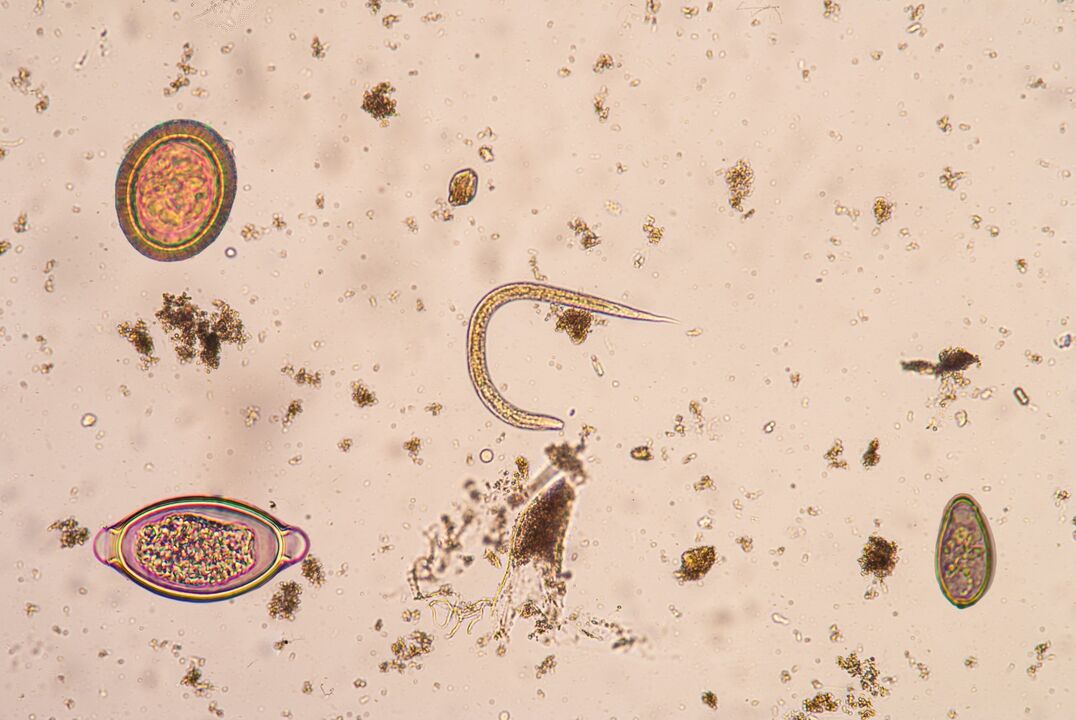
If you want to know who crawls under the skin, the following subcutaneous parasites are found in humans:
- Dirofilariasis. This disease provokes the larval condition of the nematode. Infection occurs when a mosquito (lice, flea, or tick) stings that are a carrier of the disease. The mature individual reaches a length of 30 cm and the larvae of this parasite are microscopic in size. It develops under the skin of a person for 3 months after infection. Domestic cats and dogs can also spread the infection.
- If we list what parasites live under the skin, we can’t ignore the filaria. The infection is caused by certain types of nematodes. In this case, various diseases occur: onchocerciasis, dipetalonematosis, loiasis and mansonellosis. Insects (mosquitoes, mosquitoes, flies, etc. ) are carriers of worms and their intermediate hosts. They infect human filaria with larvae, causing worms to appear on the skin.
- Another human skin parasite is cysticercus larvae. They cause cysticercosis. Invasion occurs through the intestines, where worms enter with dirty hands, water, or food. Cysticercus is an oval bladder that contains the scolex of the parasite. Subcutaneous worms can vary from round to fusoidal. Man acts as an intermediate master.
- Schistosomiasis is a disease caused by worms of the order Trematodes. These are tapeworms up to 2 cm long. The larvae of the parasite that can swim in the water are cercaria. They can penetrate the human body directly through the skin. This infection can live in any organ, including the skin.
- Rishta is another worm under the skin. These white worms cause dracunculiasis and are among the major nematodes. Their intermediate hosts are copepods living in the water. The parasite first enters the human stomach and then from the retroperitoneal space into the skin. Males reach 10 cm and females reach 120 cm.
Symptoms of dirofilariasis
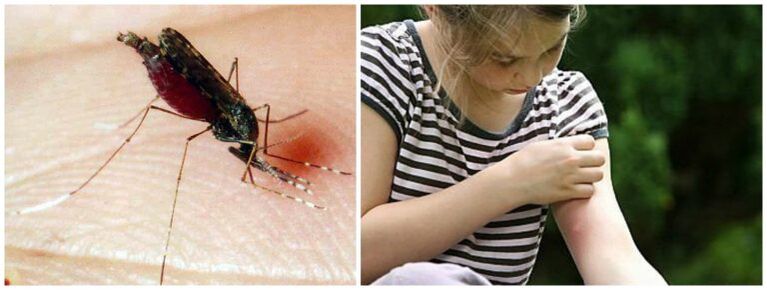
The larvae of this parasite can spread throughout the body through the bloodstream and colonize the eyes, pulmonary artery, heart, serous cavities, adipose tissue around the kidneys, and under the skin. If a worm called Dirofilaria repens invades, it affects the fatty tissue under the conjunctiva or subcutaneous tissue.
Signs and symptoms of this disease include:
- painful seals appear at the site of the insect bite;
- within a few days, a third of the patients move the seal 20 to 30 cm from the site of the bite;
- a person may feel tension, burning, and itching at the site of the bite;
- there is a crawling and swaying sensation under the skin;
- periods of remission are followed by episodes of exacerbation;
- the subcutaneous worm causes abscesses and boils (in which a worm lives in the connecting capsule);
- sometimes the abscesses rupture on their own and the white parasites climb out of the skin.
If the conjunctiva is damaged, the following symptoms occur:
- swelling, itching and watery eyes;
- a feeling of a foreign body in the eye or eyelid;
- a person cannot fully open the eyelid;
- vision deteriorates;
- worm is visible under the conjunctiva;
- a lot is visible under the skin of the eyelid;
- the person feels crawling under the skin or in the eyes;
- when the parasite enters the eyeball, double vision and bulging of the eye appear.
Important! Dirofilariasis is accompanied by neuroses, fears, and insomnia. In addition, the patient shows irritability, headache, general weakness, and other signs.
Symptoms of filariasis
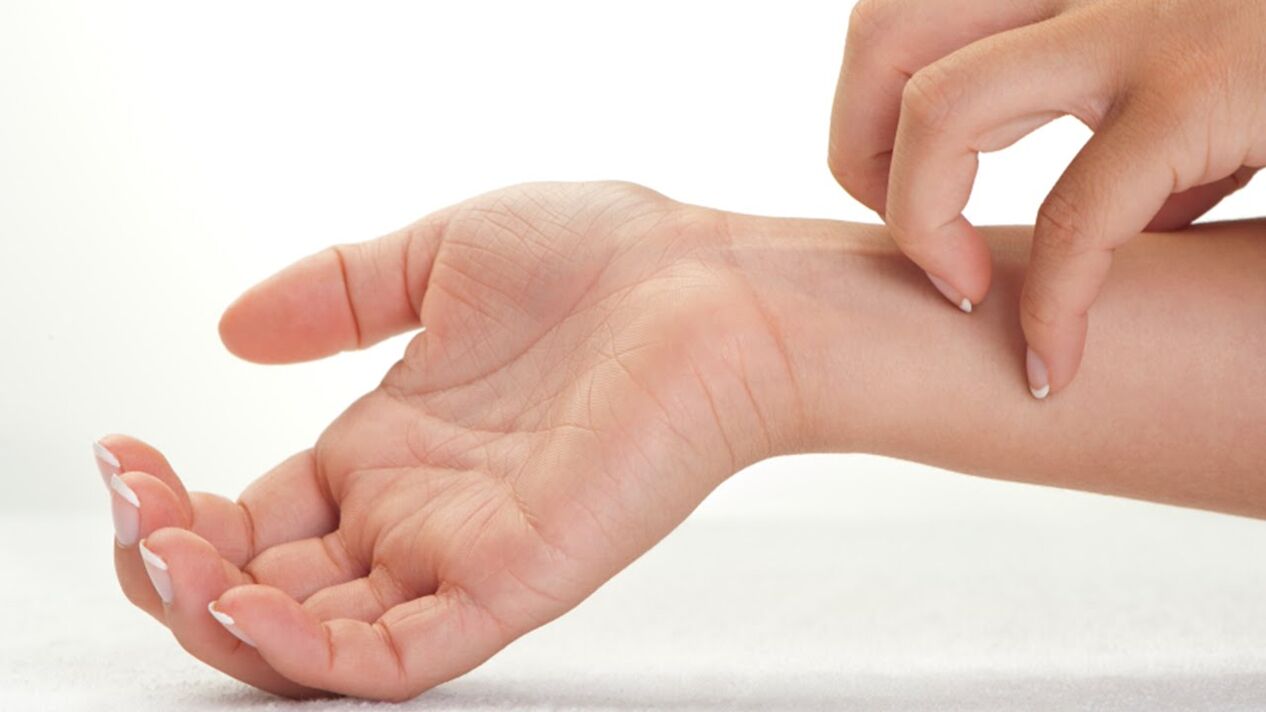
After invasion, filariasis can develop for several years. Depending on the form of the disease, various symptoms and signs may develop. These parasitic diseases are characterized by the appearance of ulcers and skin rashes, damage to the eye and lymph nodes, and the development of fever, testicular, and limb inflammation because they are muscle parasites.
Onchocerciasis
In onchocerciasis, parasites in human muscles have the following symptoms:
- itchy skin;
- feverish condition;
- weakness;
- dehydration and peeling of the skin;
- skin hyperpigmentation (genitals, legs, armpits and groin folds);
- papular rash;
- erysipelas;
- papules can form long-lasting ulcers;
- under the skin, worms cause atrophy of the hair follicles, sweat glands, and epidermis;
- painful fibrous lumps form under the skin;
- cataracts, iridocyclitis, conjunctivitis, corneal cysts, keratitis and other eye diseases develop.
Dipetalonematosis
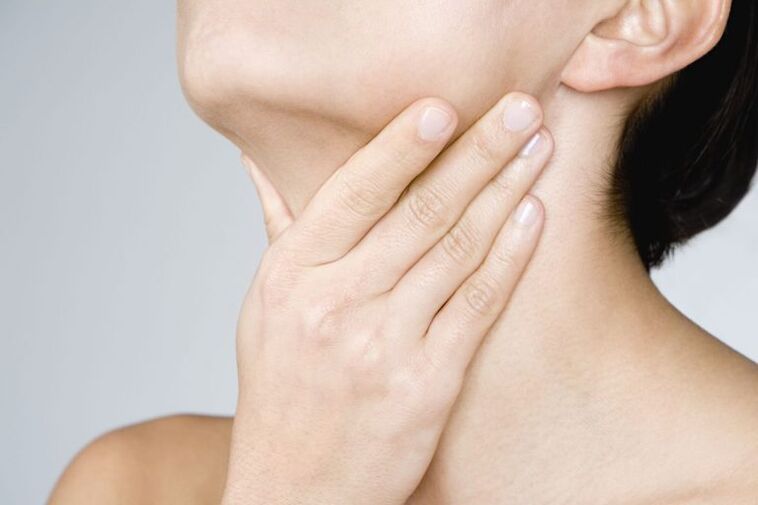
These subcutaneous worms cause the following symptoms in humans:
- enlarged lymph nodes;
- erythematous or maculopapular rash;
- dizziness;
- fever;
- swelling of the lower extremities, face and genitals;
- joint pain;
- pain in the heart;
- symptoms of meningoencephalitis.
Loiasis
Parasitic parasites living under the human skin contribute to the following clinical picture of the disease:
- rashes on the skin;
- feverish condition;
- parasites in human muscles can cause muscle abscesses;
- pain in the limbs;
- swelling of the skin in limited areas that will not go away for a long time;
- if parasites come into contact with the eyes, blepharitis or conjunctivitis develops;
- urinary incontinence with localization of the infection in the urethra.
Important! These subcutaneous parasites can lead to complications in humans in the form of meningitis, heart failure, encephalitis.
Mansonellosis
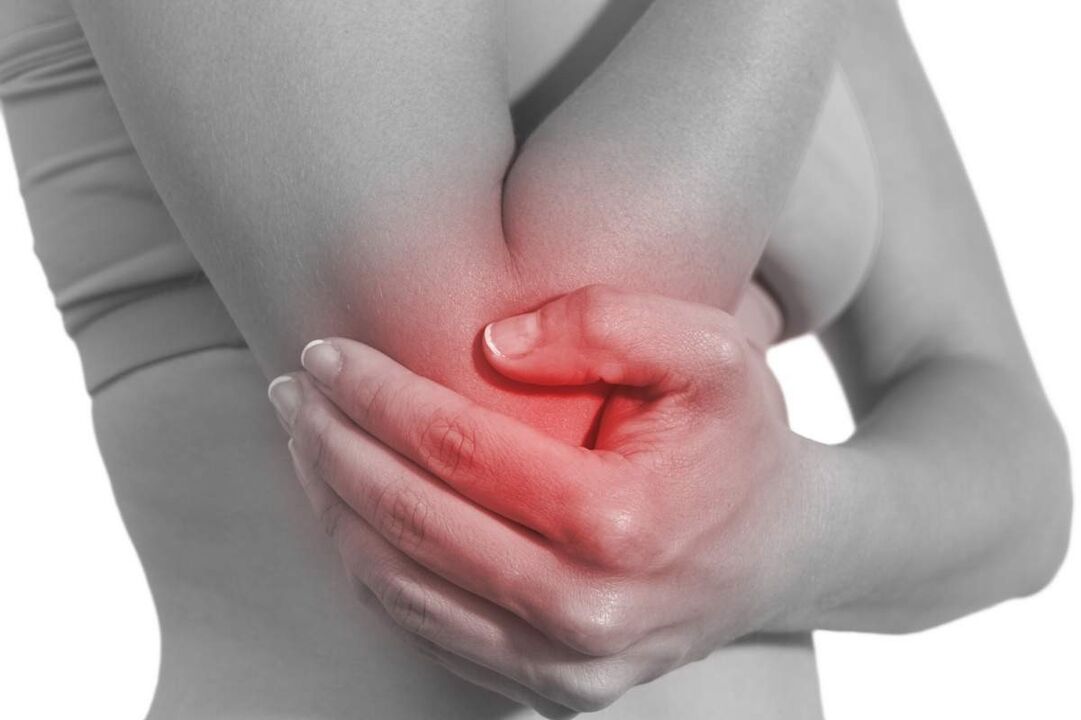
With this form of the disease, worms under the skin of the human skin can cause a complex of the following symptoms:
- itchy rash;
- joint pain;
- feverish condition;
- swelling of the skin;
- waterlogging of the testicles;
- numbness of the limbs;
- growth of inguinal lymph nodes.
Symptoms of cysticercosis
These parasites on human skin can easily penetrate the digestive tract with food, where the embryonic membrane dissolves and the larvae escape. They enter the bloodstream and multiply throughout the body. After colonization in some organs, the larvae develop into cysticercussion and cause the following symptoms:
- multiple or single, tumor-like, painless, oval-shaped formations appear under the skin (usually localized on the inside of the shoulders, upper chest, and palms);
- the cavity can be felt in the seals;
- over time, these seals grow;
- new formations appear;
- cysticercus is present in the histology of education;
- hives;
- rarely do the nodules purulate, but more often they do not change for years and sometimes resolve on their own.
Symptoms of schistosomiasis
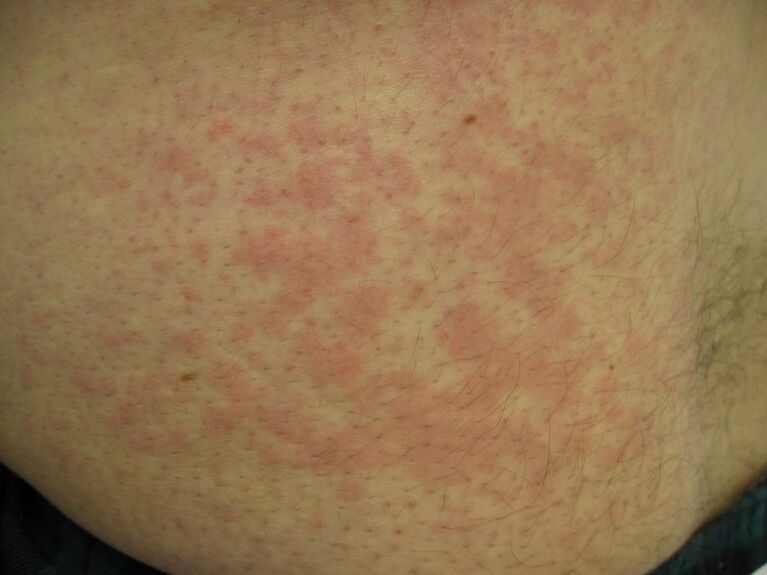
Schistosoma larvae are able to penetrate human skin directly from the aquatic environment. They can get into the bloodstream within a few hours. In case of skin invasion, the following symptoms occur:
- hives;
- severe itching;
- spotted rashes appear every other day.
This is followed by a period of rest for several weeks. In the circulatory system, schistosomes reach the state of mature individuals and migrate to the vascular system of the urogenital system. After a few months, the patient notices the following symptoms:
- dry cough;
- feverish condition;
- hives;
- heavy night sweats;
- enlargement of the liver;
- vaginal bleeding;
- blood in the urine;
- pathology of the prostate, kidneys and bladder;
- nodes on the genitals;
- infertility.
Important! In childhood, schistosomiasis contributes to decreased learning ability, anemia, developmental delay, and memory impairment.
Symptoms of Dracunculiasis
If a person drinks water containing infected worms, helminth larvae are released in the patient's digestive system after death. They penetrate the retroperitoneal space and migrate through the lymphatic system to soft tissues. The female of this parasite is only able to penetrate the skin or connective tissues for further development after 3 months. As the female grows, the patient develops the characteristic symptoms of the disease:
- an allergic reaction to the infection occurs only after 10 to 14 months in the form of hives, fainting, nausea, diarrhea, vomiting and suffocation;
- a year later, rishtosis blisters appear on the skin (diameter reaches 2-7 cm, but no sign of inflammation);
- you may see a helminth in the bladder;
- after a few days, the bubble itself opens and the necrotic masses are rejected;
- at autopsy, the patient feels a burning sensation and sharp pains.
Worth knowing! Rishtose blisters are usually found on the skin of the feet, but can sometimes occur on the stomach, arms, and other parts of the body. In addition, the female may colonize the connective tissues of the joints. In this case, immobility, contracture and inflammation of the bag occur.
Secondary infections may include phlegmon, abscesses, sepsis, and gangrene. If an open-bladder patient falls into a reservoir, cyclops will again swallow thousands of larvae, causing the infection to spread further.
















































